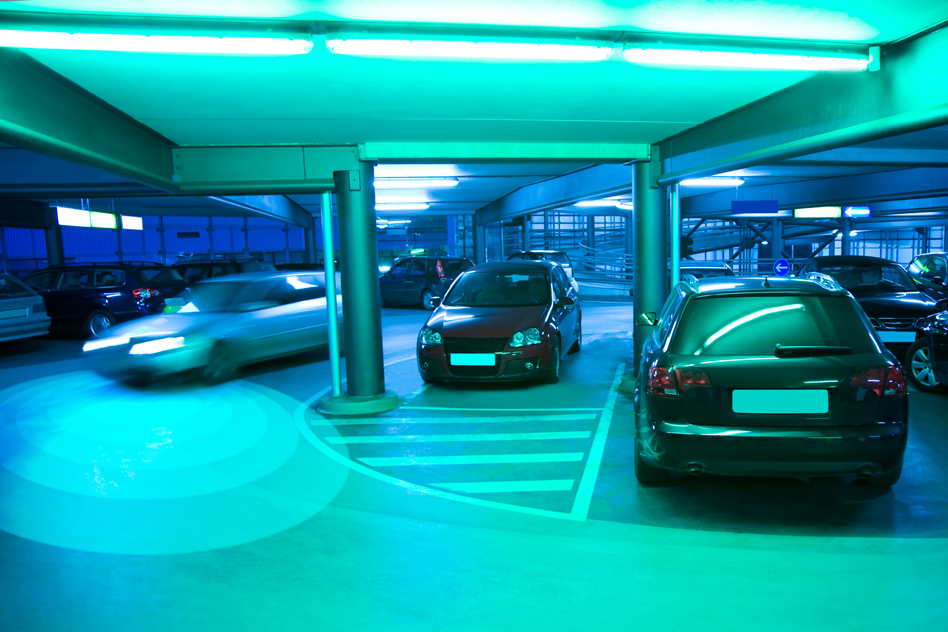As we navigate the rapidly evolving world of autonomous vehicles, one of the key challenges remains the ability to perceive the unseen. Imagine a self-driving car that not only follows the rules of the road but can also predict what lies ahead, even when it’s hidden from view. MIT has taken an impressive stride towards realizing this vision, using shadows as a means to foresee potential dangers waiting just around the corner.
The Science Behind Shadow Detection
In a groundbreaking research initiative backed by the Toyota Research Institute, MIT engineers have developed an innovative system that leverages minute changes in shadows to detect moving objects obscured from the driver’s line of sight. Unlike traditional methods that rely on advanced lidar technology, this approach utilizes standard optical cameras to analyze light and shadow, creating a more cost-effective solution without compromising efficiency.
How It Works
- Optical Cameras: By employing commonplace optical cameras, the system continuously monitors changes in light intensity.
- Shadow Analysis: Researchers utilize advanced computer vision techniques to determine whether shadows indicate stationary or moving objects.
- Prediction Algorithms: These techniques enable the system to forecast the trajectory of any detected moving object, crucial for making split-second decisions.
This clever manipulation of shadows allows the technology to outpace traditional lidar-based systems, with test results indicating a time advantage of over half a second. In a world where every millisecond counts, such a difference could prove instrumental in preventing potential accidents.
Current Limitations and Future Prospects
While the results thus far are exciting, it’s important to note the present limitations. The research has primarily tested in indoor environments, where light conditions can be controlled. Adapting this system for high-speed roadway contexts and unpredictable outdoor lighting poses an ongoing challenge.
Moreover, for this technology to transition from the lab to urban streets, further development work is needed. Enhancing its applicability to diverse environments, while maintaining accuracy at varying speeds, will be pivotal for real-world deployment.
Potential Applications Beyond Vehicles
This intriguing method of using shadows can extend beyond the realm of self-driving cars. Consider how it could transform other robotic systems—like autonomous hospital attendants navigating through busy corridors filled with patients and healthcare workers. Such adaptability indicates a broad potential for integrating this technology into various sectors where safety and efficiency are paramount.
Conclusion
MIT’s research into shadow detection presents a pioneering leap toward more perceptive autonomous driving systems. Although still in its early stages, the intersection of computer vision and practical sensor technology sparks optimism for the future of autonomous vehicles and their capacity to respond safely to their surroundings. With continued innovation, we may be on the brink of unlocking capabilities that surpass human cognition both on the road and in everyday life.
At fxis.ai, we believe that such advancements are crucial for the future of AI, as they enable more comprehensive and effective solutions. Our team is continually exploring new methodologies to push the envelope in artificial intelligence, ensuring that our clients benefit from the latest technological innovations. For more insights, updates, or to collaborate on AI development projects, stay connected with fxis.ai.

